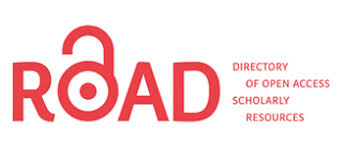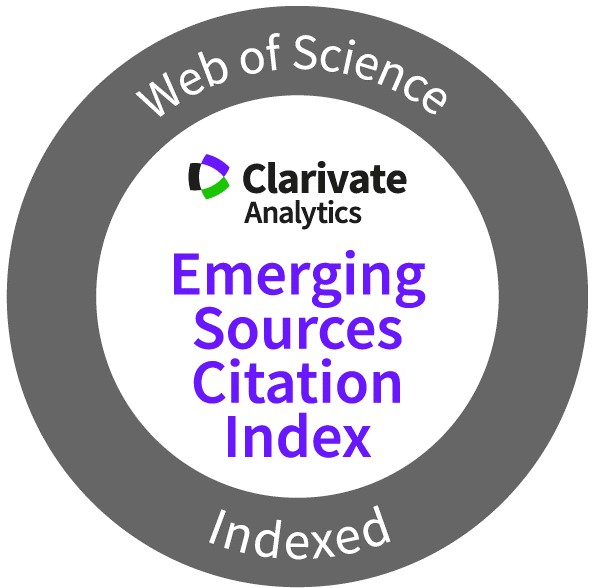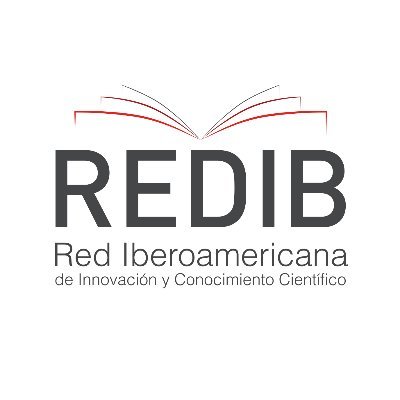El bienestar animal en equinos según el modelo IPAE
Palabras clave:
Bienestar animal, bienestar equino, enriquecimiento Ambiental, IPAE.Resumen
Las Intervenciones Asistidas con Equinos (IAE), están muy difundidas en los últimos diez años, por lo que se hace necesario enfocarnos en el bienestar de los animales. La función del caballo en las IAE, es la ampliación de la comunicación analógica; funciona como un espejo en la expresión de los diferentes estados de ánimo del participante. Las IAE implican un trabajo conjunto entre el caballo y el consultante, que se encuentran en un espacio de resolución en el “aquí y ahora”. Cada situación, plantea una dificultad u obstáculo que los participantes deben resolver y, para ello deberán comprometer no solo sus herramientas personales, sino también su capacidad de empatía y contacto. Estudios realizados, encuentran que el caballo puede percibir nuestras emociones a través del sonido de nuestra voz y gestualidad (Kosuke, Takimoto-Inose & Hasegawa, 2018). Por tanto, la acción de empatizar en las diversas actividades en que se incluye al equino, implica un esfuerzo de su parte. Se deberá tener en cuenta la cantidad y calidad de horas de participación, custodiando el agotamiento por empatía. El Modelo Integrado de Psicoterapia y Aprendizajes Asistidos con Equinos (IPAE), enfatiza, como uno de sus pilares teóricos, el control y seguimiento del bienestar bio-psicológico de los co-terapeutas, es decir de los caballos. Ninguna actividad que comprometa la inclusión de animales podrá llevarse a cabo sin tener en cuenta el estado saludable de los miembros del equipo tratante.
Citas
Animal Welfare Commitee (1994). Five Freedoms, UK.
Bandieri, L. (2011). Derechos fundamentales ¿Y deberes fundamentales? En G. Salomão Leite, I. Wolfgang Sarlet, M. Carbonell, S. Bahía (Eds.), Direitos, Deveres e Garantias Fundamentais (pp. 211-244). Salvador : Ed. Jus Podium.
Castro, D. (2015). El silencio de los caballos. Buenos Aires: La Imprenta Ya.
Fraser, D, Wery, D. Pajor, E., E. & Milligan, B. (1997). A Scientific conception of animal welfare that reflects ethical concerns. Anim. Welf, 6, 187-205
Márquez Macías, C. (2009). Elaboración y Aplicación de una pauta de evaluación de Bienestar animal en equinos estabulados. Universidad Austral de Chile, Facultad de Ciencias Veterinarias, Instituto de Ciencia Animal. Valdivia, Chile.
Moretti, M. (2019). Intervenciones Asistidas con Animales. Buenos Aires: Autores de Argentina.
Takimoto-Inose, A. & Hasegawa, T. (2018). Cross-modal perception of human emotion in domestic horses (equus caballus). Revista Scientific Reports, 6-7.
Sanmartín Sánchez, L. (2016). Evaluación del bienestar equino en el centro militar de cría caballar de Écija (Sevilla). Tesis doctoral. Universidad de Córdoba, Argentina.
Perrone, M., (2017). PAE como Coadyuvante en la Rehabilitación de las Adicciones. En M. Diaz Videla & M. A. Olarte (Eds.), Antrozoología, potencial recurso de intervención clínica. Buenos Aires: Editorial de la Universidad de Flores.
Perrone, M., & Moretti, M. (2018). Aprendizaje Asistido con Equinos en Organizaciones y Equipos Deportivos de Elite. En M. Diaz Videla & M. A. Olarte (Eds.), Antrozoología. Multidisciplinario campo de investigación. Buenos Aires: Akadia.
Perrone, M. (2019). A Rienda Suelta. IPAE- Modelo de Psicoterapia y Aprendizaje Asistido con Equinos. Buenos Aires: Autores Argentinos.
Publicado
Cómo citar
Número
Sección
Los autores que publican en esta revista están de acuerdo con los siguientes términos:
- Los autores conservan los derechos de autor y garantizan a la revista el derecho de ser la primera publicación del trabajo al igual que licenciado bajo una Creative Commons Attribution License que permite a otros compartir el trabajo con un reconocimiento de la autoría del trabajo y la publicación inicial en esta revista.
- Los autores pueden establecer por separado acuerdos adicionales para la distribución no exclusiva de la versión de la obra publicada en la revista (por ejemplo, situarlo en un repositorio institucional o publicarlo en un libro), con un reconocimiento de su publicación inicial en esta revista.
- Se permite y se anima a los autores a difundir sus trabajos electrónicamente (por ejemplo, en repositorios institucionales o en su propio sitio web) antes y durante el proceso de envío, ya que puede dar lugar a intercambios productivos, así como a una citación más temprana y mayor de los trabajos publicados (Véase The Effect of Open Access) (en inglés).










